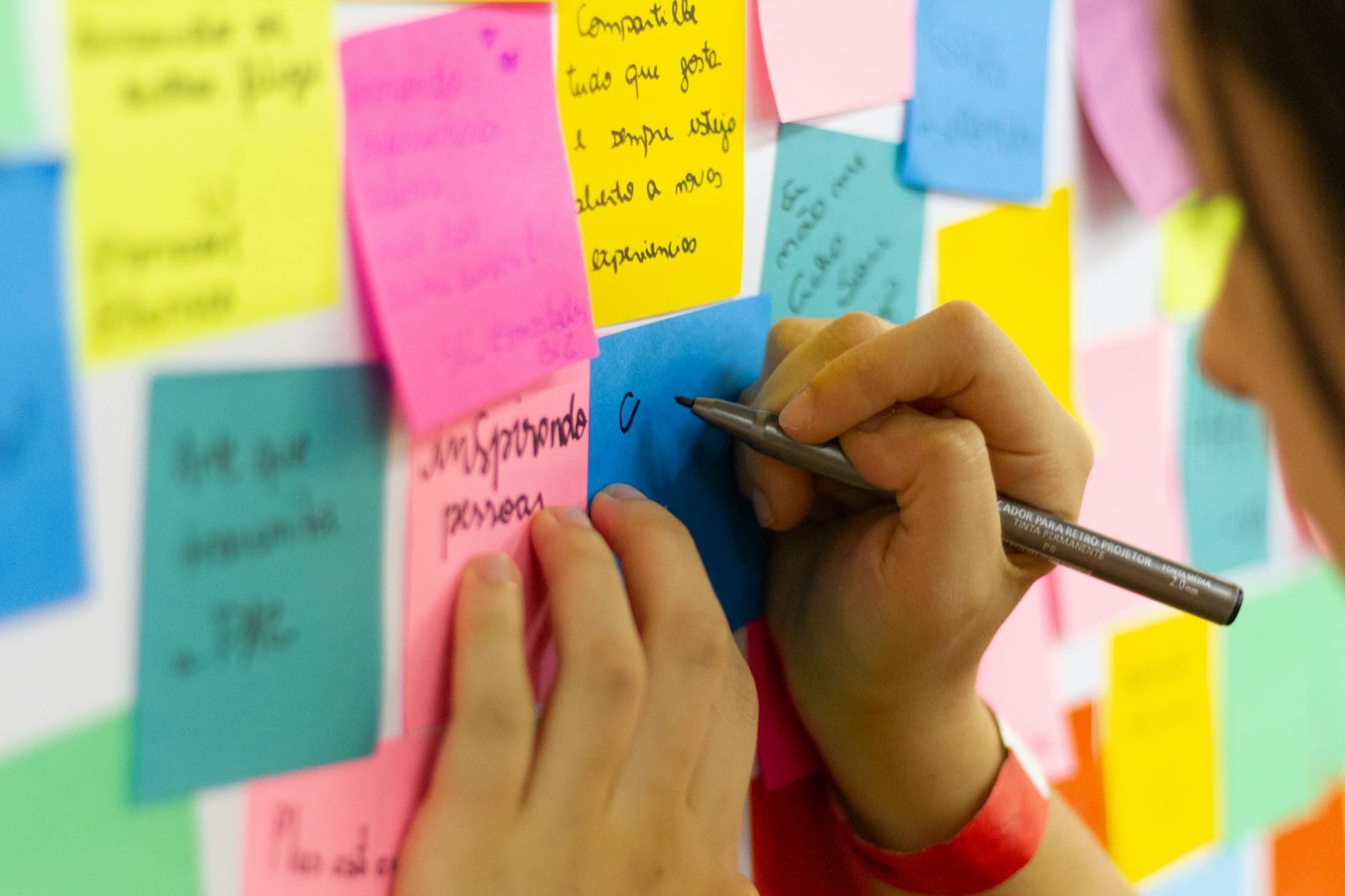
Continuous Improvement: Adopting a Growth Mindset for Long-Term Productivity Gains
Continuous improvement is the philosophy of constantly seeking to enhance performance, processes, and outcomes. This article explores the concept of continuous improvement, the importance of adopting a growth mindset, and strategies for cultivating a mindset conducive to long-term productivity gains.
Introduction to Continuous Improvement
Continuous improvement is a fundamental principle in personal and professional development. It involves an ongoing commitment to learning, growth, and innovation to achieve excellence and drive progress. By embracing continuous improvement, individuals and organizations can adapt to change, overcome challenges, and maximize their potential.
Understanding the Growth Mindset
The growth mindset, coined by psychologist Carol Dweck, is the belief that abilities and intelligence can be developed through dedication, effort, and perseverance. Unlike a fixed mindset, which views abilities as innate and unchangeable, a growth mindset recognizes the potential for growth and improvement over time.
The Benefits of Adopting a Growth Mindset
Adopting a growth mindset offers numerous benefits, including:
- Increased resilience and perseverance in the face of challenges
- Greater motivation to learn and take on new tasks
- Enhanced creativity and innovation
- Improved problem-solving skills and adaptability
- Greater willingness to seek feedback and learn from mistakes
Overcoming Fixed Mindset Obstacles
Fixed mindset beliefs, such as the fear of failure or the belief that talent alone leads to success, can hinder progress and productivity. Overcoming these obstacles involves challenging limiting beliefs, reframing setbacks as opportunities for growth, and embracing the process of learning and development.
Strategies for Cultivating a Growth Mindset
- Embrace Challenges: View challenges as opportunities for growth and learning rather than threats to your abilities.
- Persist in the Face of Setbacks: Approach setbacks with resilience and perseverance, recognizing that failure is a natural part of the learning process.
- Effort and Practice: Emphasize the importance of effort and practice in achieving mastery and success, rather than relying solely on talent or innate ability.
- Seek Feedback: Be open to feedback from others and use it as a tool for improvement and self-reflection.
- Celebrate Growth: Acknowledge and celebrate progress and improvement, no matter how small, as evidence of your commitment to growth and development.
Embracing Failure and Learning Opportunities
Failure is an inevitable part of the journey toward continuous improvement. Rather than fearing failure, embrace it as an opportunity to learn, grow, and refine your skills. By adopting a growth mindset, you can reframe failure as a stepping stone to success and use it as motivation to persevere and innovate.
Conclusion
Continuous improvement is not just about making incremental progress; it’s about embracing a mindset of growth and development that fosters long-term productivity gains and personal fulfillment. By adopting a growth mindset, individuals can overcome obstacles, maximize their potential, and achieve success in both their personal and professional lives.
Saying No: Learning to Prioritize and Decline Non-Essential Tasks
Setting Realistic Deadlines: Strategies for Meeting Your Goals on Time
The Importance of Self-Care in Productivity: Balancing Work and Well-being
Managing Procrastination: Overcoming Obstacles to Get Things Done
Effective Task Management Tools: Finding the Right Apps and Systems for You
FAQs (Frequently Asked Questions)
1. What is continuous improvement?
Continuous improvement is a philosophy centered around the idea of constantly seeking to enhance performance, processes, and outcomes. It involves an ongoing commitment to learning, growth, and innovation to achieve excellence and drive progress.
2. What is a growth mindset?
A growth mindset, coined by psychologist Carol Dweck, is the belief that abilities and intelligence can be developed through dedication, effort, and perseverance. Unlike a fixed mindset, which views abilities as innate and unchangeable, a growth mindset recognizes the potential for growth and improvement over time.
3. What are the benefits of adopting a growth mindset?
Adopting a growth mindset offers numerous benefits, including increased resilience and perseverance in the face of challenges, greater motivation to learn and take on new tasks, enhanced creativity and innovation, improved problem-solving skills and adaptability, and a greater willingness to seek feedback and learn from mistakes.
4. How can I overcome fixed mindset obstacles?
To overcome fixed mindset obstacles, it’s important to challenge limiting beliefs, reframe setbacks as opportunities for growth, and embrace the process of learning and development. This involves acknowledging the role of effort and perseverance in achieving success and viewing failure as a natural part of the learning process.
5. What are some strategies for cultivating a growth mindset?
Strategies for cultivating a growth mindset include embracing challenges, persisting in the face of setbacks, emphasizing effort and practice, seeking feedback, and celebrating growth and progress. By incorporating these strategies into your mindset, you can foster an environment conducive to long-term productivity gains and personal fulfillment.






















